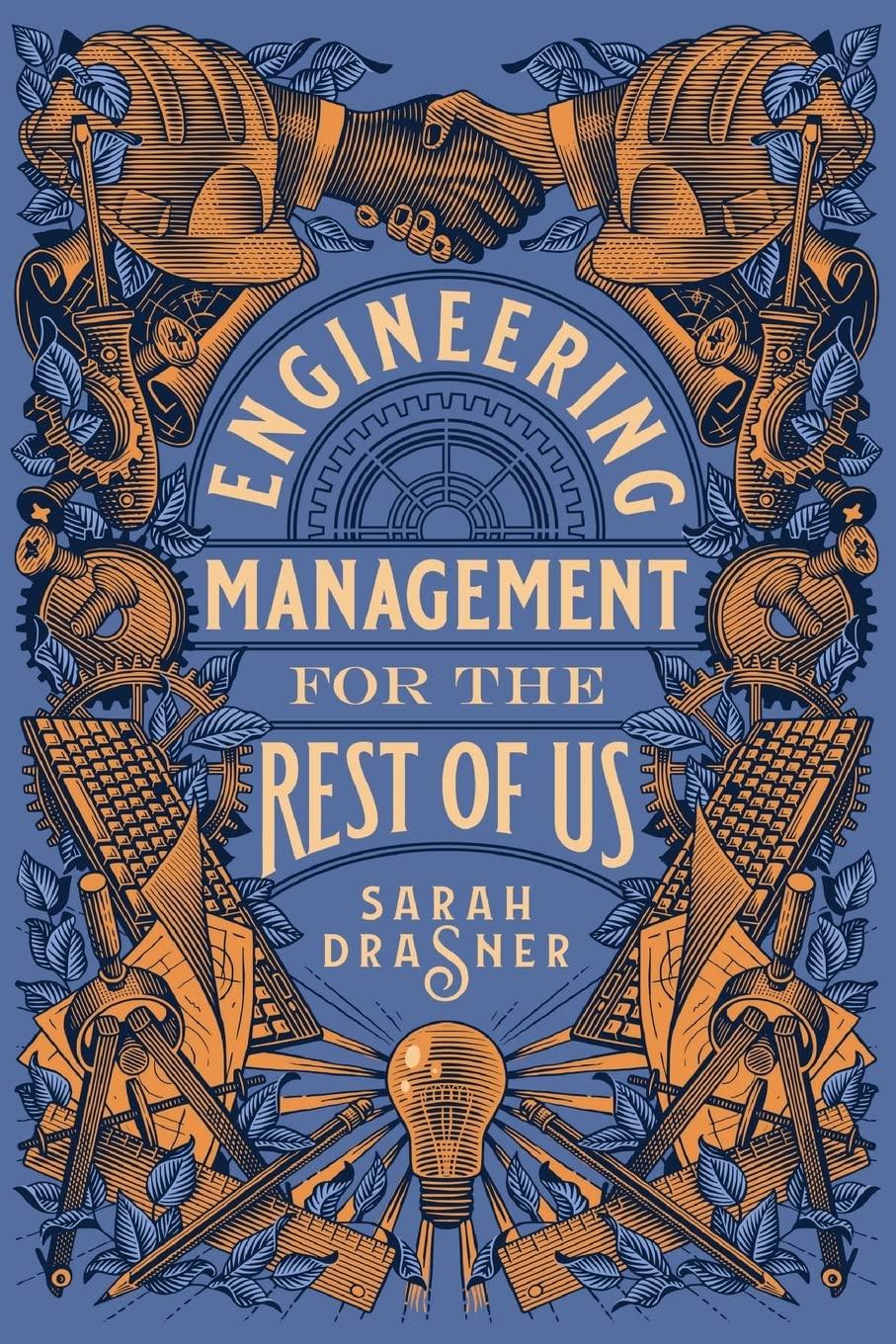🎯 The Book in 3 Sentences

💡 Key Takeaways
- Build Trust: Share values, align personal and team values, celebrate wins, and foster autonomy for a trusting environment.
- Team Bonding: Conduct personality tests, engage in short games, and encourage one-on-ones to strengthen team connections.
- Conflict Resolution: Address conflicts immediately, prioritize one-on-one meetings, and provide constructive feedback for growth.
- Collaboration: Align team with the vision, embrace change, give feedback, and differentiate between public praise and private feedback.
- Effective Meetings: Ensure clear purpose, agenda, and participation in meetings, distinguishing between good and bad meeting features.
- Optimize Team’s Work: Prioritize tasks, utilize OKRs for goal-setting, break projects into smaller tasks, and celebrate achievements with the team.
✏ Top Quotes
Management is still related to the code.
You work was to bring value to your team. Now it is to enable everyone around you.
People leave managers, not jobs.
📝 Summary + Notes
Part 1. Your team
- Sharing individual values with your team can build trust and vulnerability.
- Give your team 5 minutes to pick 3 values from a list and then resonate for the picks.
- A personality test and a discussion on its outcomes can also apply here.
- You have to know your personal values and align them with the company’s values.
- You can define your team’s values separately from your company’s.
- We celebrate everyone’s wins as if they were our own.
- No compare and despair.
- Be empowered to forge forward. We hired you because you are an expert.
- Make mistakes.
- We are not counting hours here. Focus on making an impact and work when and how you want.
- Cultivating an environment of trust is paramount to the manager.
- You as a leader must go first. Show you can be trusted, and you have to be trusting. You care about your team’s well-being with words and actions.
- How to build trust with a team member:
- Ask questions about their current state, and listen truthfully and with your whole self. Listen to what their everyday job is like, their goals, values, and what they think need fixing on the team.
- Notice good qualities they bring to the table and let them know you see and value them.
- Ask for feedback.
- Are they involved in projects and tasks they like? Take care of that.
- The team members should trust each other and not just you.
- Give them autonomy to drive outcomes.
- Short games with your team:
- Have everyone do a 5-min presentation of something that interests them outside of work.
- Do an escape room or play a game.
- Eat the same food together.
- Have everyone tell about something a bit personal: What did they want to be when they grow up? If they could have a superpower, which one and why? What was their greatest challenge when growing up?
- Having one on one’s is critical.
- Should be in the calendar every 1 or 2 weeks.
- The purpose is to make the other person feel valuable and connected.
- The manager should prioritize work, make action items, and clarify vision.
- Prepare an agenda.
- When there is a conflict, deal with it immediately.
Part 2. Collaboration
- Think of aligning people with why we’re headed down a particular road and what the desired outcome should be.
- Change is challenging, but necessary. Solidify your larger vision and enable your team.
- Give feedback and show that you care. Ask them how they like to receive feedback. After giving feedback, give guidance for the next steps.
- Praise in public, feedback in private.
- Ask for feedback in anonymous forms, one on one’s, or in a group.
- Features of bad meetings:
- There is no clear purpose or direction.
- It feels chaotic.
- The wrong people are there.
- People are generally disrespectful to one another.
- Everyone is a waste of time.
- Features of good meetings:
- The purpose is clear. What are we doing to get the outcome? Who is owning what and how? What are the timelines?
- Their is an agenda.
- The right people are there.
- There is order.
- There is a clear decision, outcome and next steps at the end.
Part 3. Helping your team do their best work
- Teams need their work to be prioritized.
- OKRs (Objectives and Key Results)
- Objectives: Should be high-level goals that inspire a picture of the future and imagination.
- Key Results: Specific and measurable pieces of data over time.
- Be clear of your highest goals and be willing to let go of the others. Set appropriate OKRs.
- Keep PRs (Pull Requests) as small as possible to make reviews easier to read, test, and iterate.
- Break large projects into smaller tasks so also the PRs are small with a specific goal.
- Celebrate with your team your wins. It is important to know you value this.
Part 4. Your work
- You must prioritize and give time for tasks/meetings that reflect your values.
- Also prioritize based on your energy levels.
- Schedule similar tasks around the same time.
- For day to day prioritization, find a system that motivates you and rewards you for your progress.
- Meetings ARE tasks as a manager and you should feel good about them. Add them to the list of your tasks and check them off when done to reward yourself.
